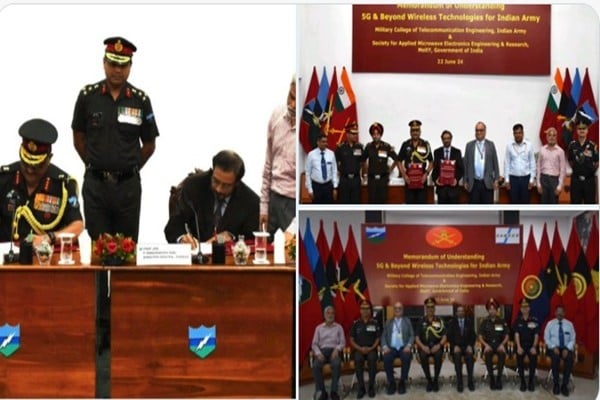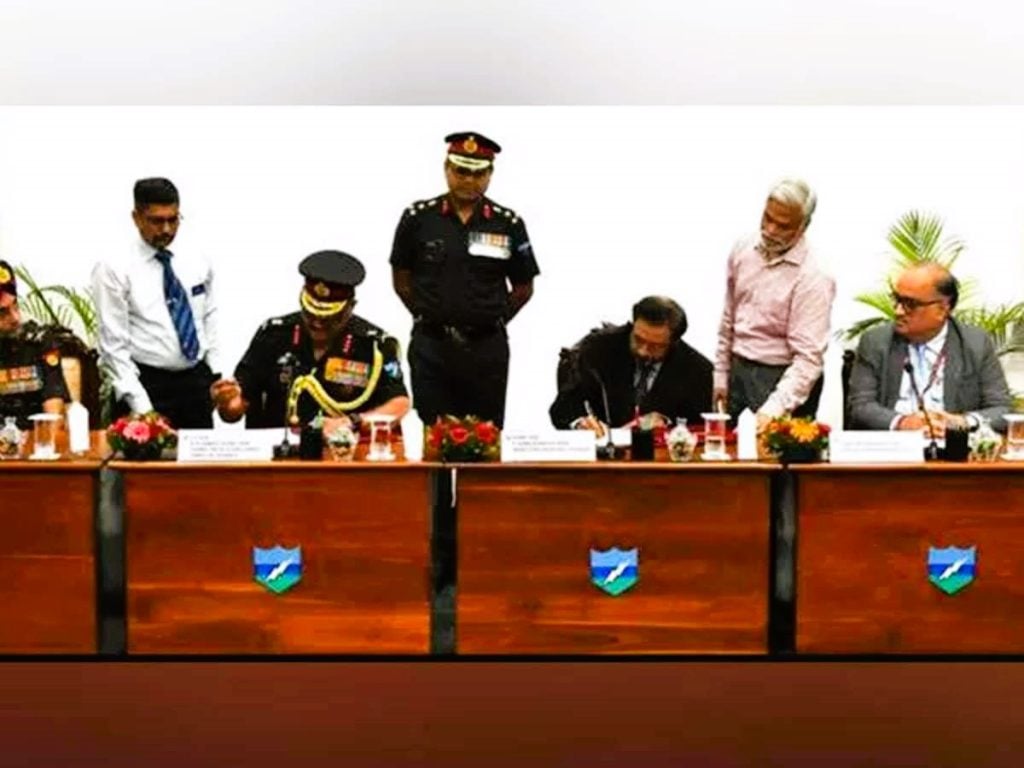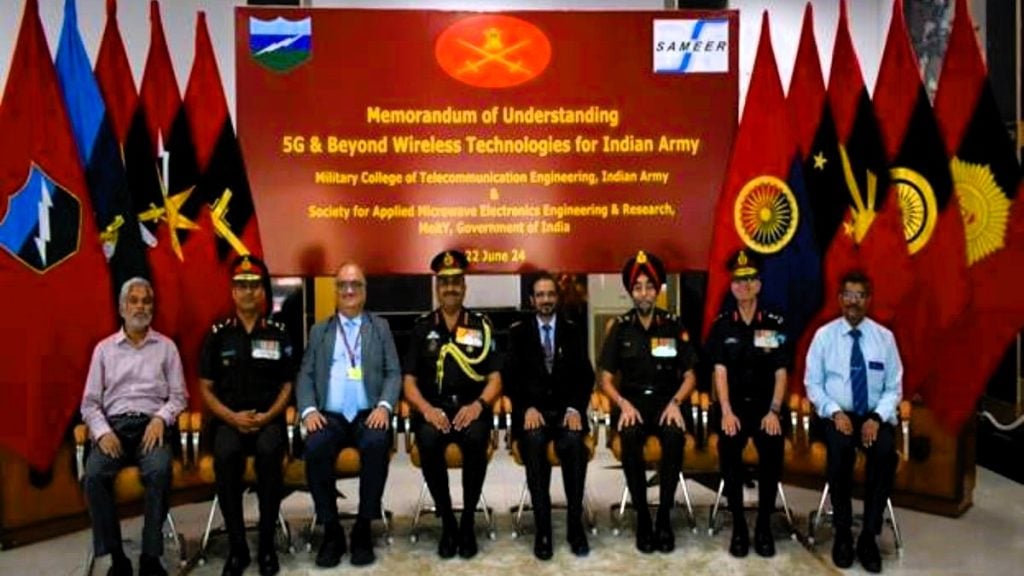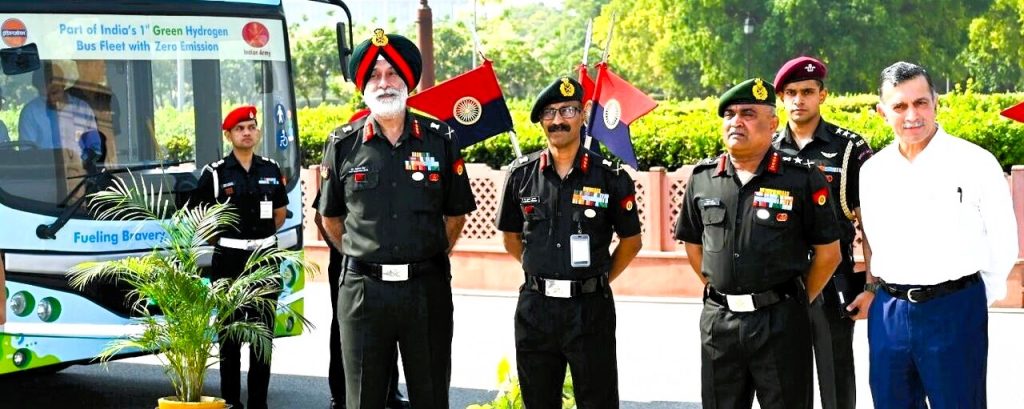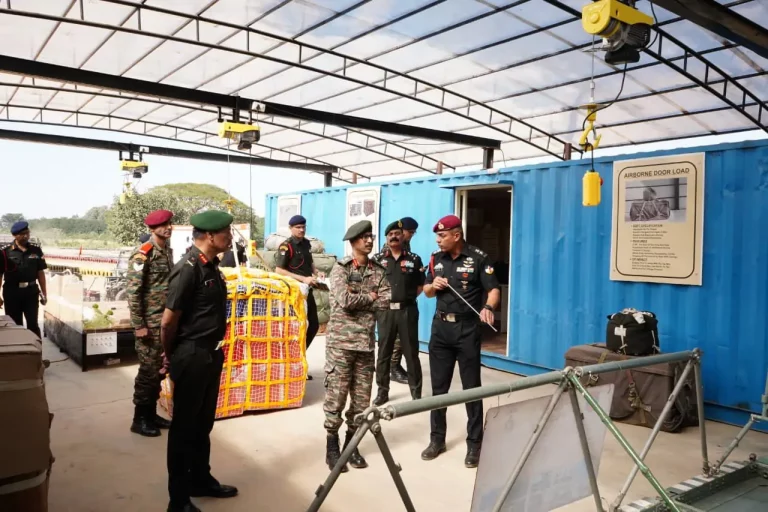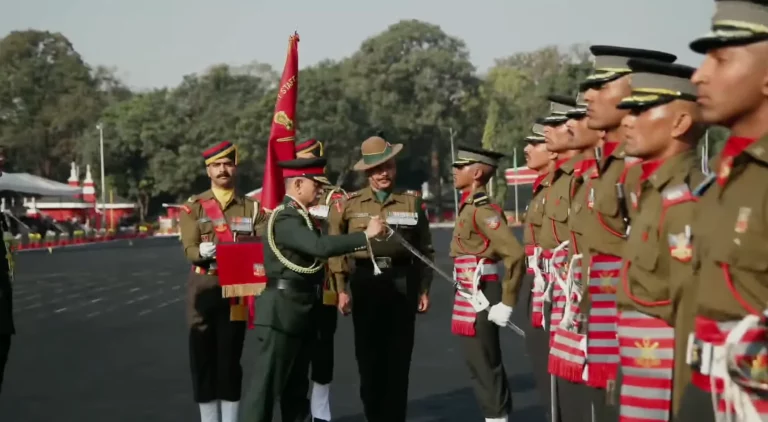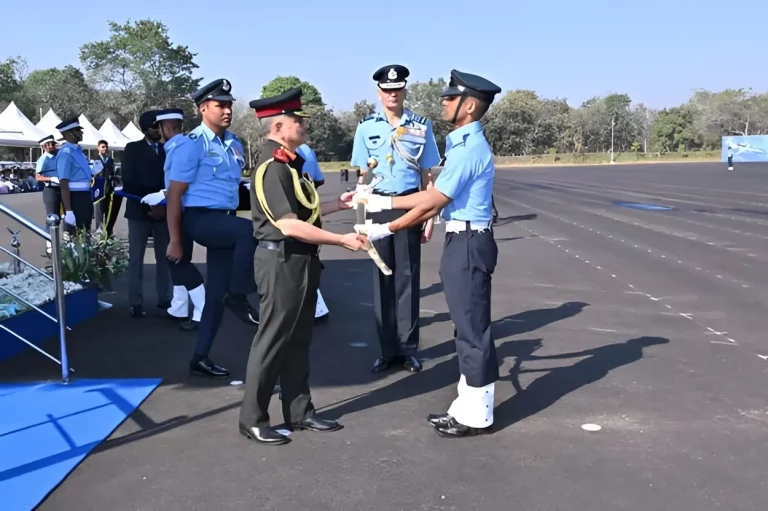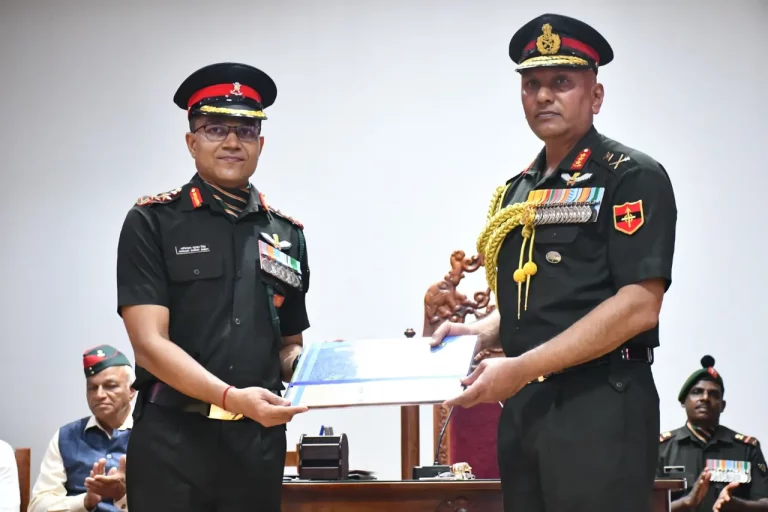In a significant move towards modernizing its communication infrastructure, the Indian Army Signs MoU for ‘Next Generation Wireless Technologies. This strategic collaboration aims to equip the Indian armed forces with state-of-the-art wireless communication capabilities, enhancing their operational readiness and battlefield dominance.
The Indian Army’s decision to embrace these cutting-edge wireless technologies underscores its commitment to staying ahead of the curve in the ever-evolving landscape of military communication. By leveraging the expertise and resources of its industry partners, the Army seeks to bolster its ability to effectively coordinate and execute complex missions, ensuring the seamless flow of information and the rapid deployment of critical assets.
Objectives of the MoU
The primary objectives of the MoU signed by the Indian Army for ‘Next Generation Wireless Technologies’ are as follows:
- Technological Advancement: The collaboration aims to harness the latest advancements in wireless communication technologies, including 5G, cognitive radio, and software-defined networking, to enhance the Army’s overall communication capabilities.
- Improved Battlefield Connectivity: The implementation of these next-generation wireless solutions will enable the Indian Army to maintain reliable and secure communication links between various operational units, command centers, and field assets, even in challenging terrain and adverse conditions.
- Enhanced Situational Awareness: The integration of advanced wireless technologies will provide the Indian Army with real-time data and intelligence, empowering commanders to make informed decisions and respond swiftly to emerging threats or tactical situations.
- Interoperability and Joint Operations: The MoU aims to facilitate seamless integration of the Indian Army’s communication systems with those of other armed forces, enabling effective coordination and joint operations during multi-agency missions.
- Cyber Security and Resilience: The adoption of next-generation wireless technologies will incorporate robust cybersecurity measures to safeguard the Army’s communication networks from evolving cyber threats, ensuring the integrity and confidentiality of sensitive information.
Key Technological Aspects
The ‘Next Generation Wireless Technologies’ that the Indian Army plans to develop and deploy under this MoU encompass a range of cutting-edge communication solutions, including:
5G Technology
The Indian Army will leverage the enhanced speed, low latency, and increased bandwidth capabilities of 5G networks to enable real-time data transfer, high-definition video streaming, and seamless communication between various operational units.
Cognitive Radio
The integration of cognitive radio technology will allow the Army’s communication systems to dynamically sense, analyze, and adapt to the surrounding radio frequency (RF) environment, optimizing spectrum utilization and ensuring reliable connectivity even in congested or contested electromagnetic environments.
Software-Defined Networking (SDN)
The adoption of SDN principles will enable the Indian Army to centrally manage and reconfigure its communication networks, improving the flexibility, scalability, and responsiveness of its wireless infrastructure to meet evolving operational requirements.
Internet of Battlefield Things (IoBT)
The MoU also encompasses the development of an IoBT ecosystem, where a vast array of sensors, devices, and platforms are connected through advanced wireless technologies, facilitating the collection and analysis of real-time data to enhance situational awareness and decision-making processes.
Secure Communications
The next-generation wireless solutions will incorporate robust encryption, authentication, and data protection mechanisms to ensure the confidentiality, integrity, and availability of the Indian Army’s critical communications, safeguarding against cyber threats and unauthorized access.
Indian Army Sports Quota Recruitment 2024
Collaboration with Industry Partners
To realize the vision of ‘Next Generation Wireless Technologies’, the Indian Army has forged strategic partnerships with leading technology companies and research institutions. These collaborations bring together expertise, resources, and innovative capabilities to drive the development and deployment of the envisioned communication solutions.
Some of the key industry partners involved in this initiative include:
- Telecommunications Providers: Major telecom operators in India, such as Reliance Jio, Bharti Airtel, and Vodafone Idea, will contribute their 5G network infrastructure, expertise, and technical support to the project.
- Defense Electronics Manufacturers: Domestic defense electronics companies, including Bharat Electronics Limited (BEL) and Hindustan Aeronautics Limited (HAL), will work closely with the Indian Army to design, develop, and integrate specialized wireless communication equipment and systems.
- Research Institutions: Premier academic and research institutions, such as the Indian Institute of Technology (IIT), the Defence Research and Development Organisation (DRDO), and the Centre for Artificial Intelligence and Robotics (CAIR), will provide cutting-edge research, innovation, and technological expertise to the program.
- Global Technology Leaders: Multinational technology giants, such as Ericsson, Nokia, and Qualcomm, will leverage their extensive experience in 5G, cognitive radio, and software-defined networking to support the Indian Army’s efforts in developing and deploying the ‘Next Generation Wireless Technologies’.
Anticipated Benefits and Outcomes
The successful implementation of the ‘Next Generation Wireless Technologies’ initiative by the Indian Army is expected to deliver a wide range of benefits, enhancing the overall operational capabilities and strategic positioning of the armed forces:
- Improved Battlefield Dominance: The advanced wireless communication solutions will enable the Indian Army to maintain a decisive edge in the battlefield, facilitating the rapid deployment of forces, the effective coordination of multi-domain operations, and the seamless flow of critical information.
- Enhanced Situational Awareness: The integration of cutting-edge technologies, such as cognitive radio and the Internet of Battlefield Things, will provide the Army with real-time data and intelligence, empowering commanders to make informed decisions and respond swiftly to evolving tactical situations.
- Increased Operational Efficiency: The improved connectivity, reduced latency, and enhanced bandwidth capabilities of the next-generation wireless technologies will streamline the Army’s communication processes, enabling faster decision-making, quicker response times, and more efficient resource utilization.
- Improved Interoperability: The seamless integration of the Indian Army’s communication systems with those of other armed forces and security agencies will foster enhanced interoperability, facilitating joint operations and coordinated responses to complex security challenges.
- Cybersecurity and Resilience: The robust security features and resilient architecture of the ‘Next Generation Wireless Technologies’ will safeguard the Army’s communication networks against evolving cyber threats, ensuring the confidentiality, integrity, and availability of critical information.
- Technological Indigenization: The collaboration with domestic defense electronics manufacturers and research institutions will contribute to the ‘Make in India’ initiative, fostering the development of indigenous technological capabilities and reducing the reliance on imported communication systems.
Conclusion
The Indian Army‘s strategic move to sign an MoU for the development and deployment of ‘Next Generation Wireless Technologies’ marks a significant milestone in the modernization of its communication infrastructure. By harnessing the power of cutting-edge technologies, such as 5G, cognitive radio, and software-defined networking, the Army aims to enhance its operational readiness, improve battlefield dominance, and strengthen its position as a formidable force in the ever-evolving landscape of modern warfare.
This collaborative effort with industry partners and research institutions not only showcases the Indian Army’s commitment to technological innovation but also underscores its vision to equip its personnel with the most advanced communication capabilities. As the implementation of this initiative unfolds, the Indian Army is poised to reap the benefits of enhanced situational awareness, improved interoperability, and robust cybersecurity, ultimately solidifying its role as a reliable guardian of the nation’s security and sovereignty.
FAQs
Q1: What are the key objectives of the MoU signed by the Indian Army for ‘Next Generation Wireless Technologies’?
The primary objectives of the MoU include technological advancement, improved battlefield connectivity, enhanced situational awareness, interoperability and joint operations, and ensuring cyber security and resilience of the Army’s communication networks.
Q2: What are the key technological aspects of the ‘Next Generation Wireless Technologies’ that the Indian Army plans to develop and deploy?
The key technological aspects include 5G technology, cognitive radio, software-defined networking (SDN), Internet of Battlefield Things (IoBT), and secure communications with robust encryption, authentication, and data protection mechanisms.
Q3: Who are the key industry partners collaborating with the Indian Army on this initiative?
The key industry partners involved include telecommunications providers (Reliance Jio, Bharti Airtel, Vodafone Idea), defense electronics manufacturers (BEL, HAL), research institutions (IITs, DRDO, CAIR), and global technology leaders (Ericsson, Nokia, Qualcomm).
Q4: What are the anticipated benefits and outcomes of the ‘Next Generation Wireless Technologies’ initiative for the Indian Army?
The anticipated benefits include improved battlefield dominance, enhanced situational awareness, increased operational efficiency, improved interoperability, enhanced cybersecurity and resilience, and technological indigenization through the ‘Make in India’ initiative.
